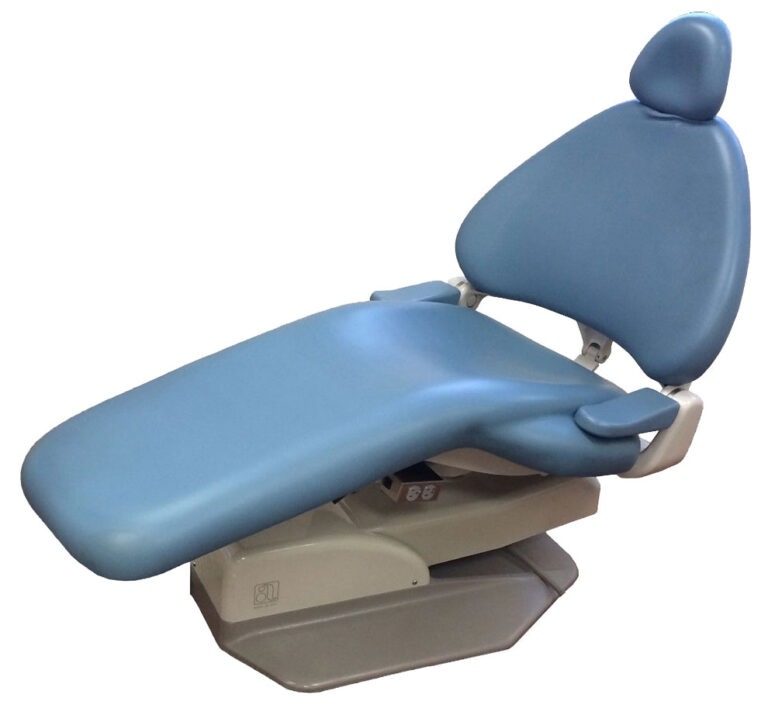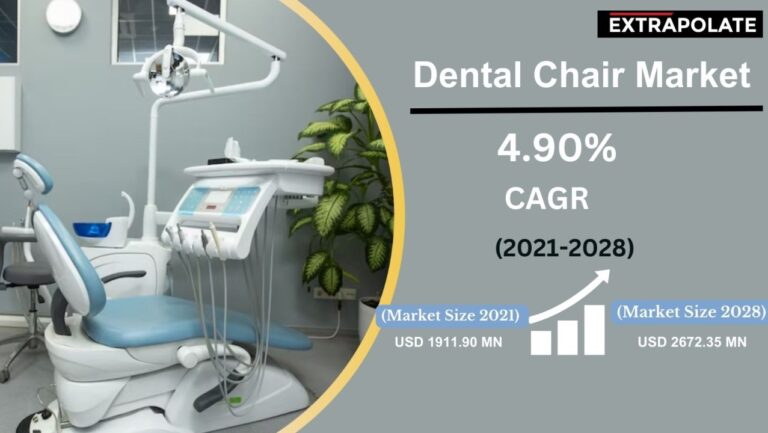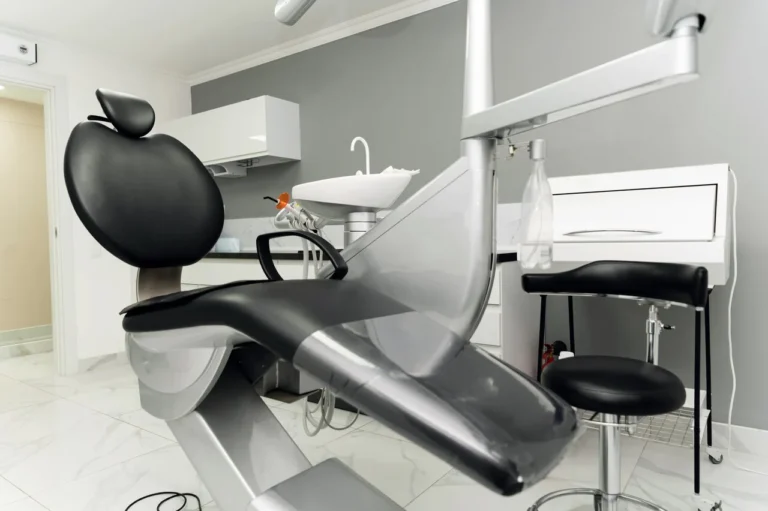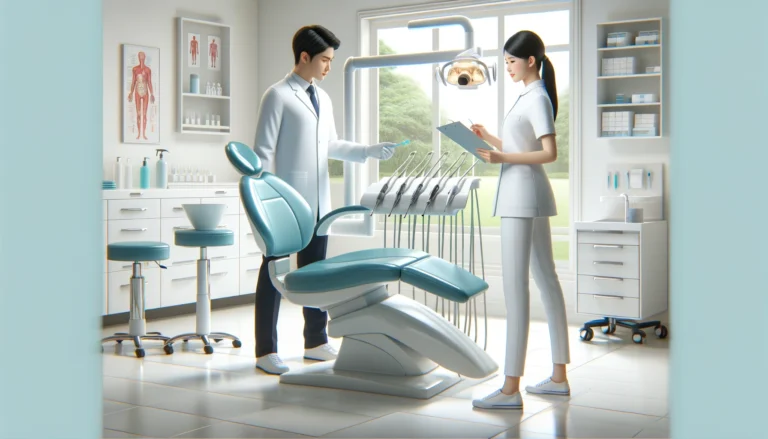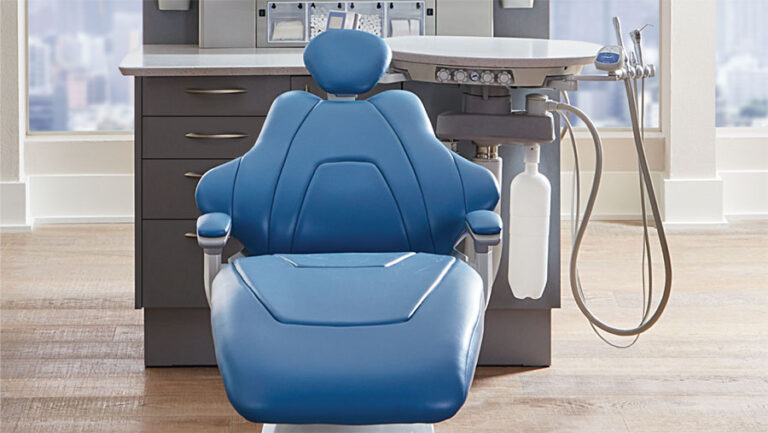In the realm of dental healthcare, maintaining the highest standards of cleanliness and safety is paramount. Among the critical components often overlooked are the dental unit water lines (DUWLs). These conduits, integral to a wide range of dental procedures, can harbor biofilms and various microorganisms, posing risks to both patients and dental professionals. In this detailed exploration, we delve into the essentials of DUWL maintenance, emphasizing its significance for ensuring a safe, hygienic environment in dental practices.
Biofilm in Dental Unit Water Lines: A Hidden Threat
Imagine a slimy layer of bacteria thriving in the small-diameter tubing of Dental Unit Water Lines (DUWLs). This is biofilm, a complex aggregation of microorganisms, primarily bacteria, attached to surfaces in moist environments. The low water flow in these tubes makes it challenging to eliminate the bacteria, leading to potential health hazards.
Microorganisms such as Legionella, Pseudomonas aeruginosa, and nontuberculous Mycobacteria are often found in untreated DUWLs. These bacteria are not just passive residents; they significantly degrade the quality of water in DUWLs, elevating the risk of infection transmission.
Microorganisms in Biofilm
Let’s take a closer look at these bacteria. Legionella, for instance, was detected in 100% of DUWL samples in one study, with the bacterial load being significantly lower in tap water samples. Pseudomonas aeruginosa, on the other hand, was found in two distinct populations within DUWLs, with some displaying phenotypes similar to isolates from cystic fibrosis patients. Nontuberculous Mycobacteria species, such as M. fortuitum, M. chelonae, and M. abscessus, were found in DUWLs, showing the wide range of possible pathogens.
High-Risk Populations
Elderly and immunocompromised patients are particularly vulnerable to infections from contaminated DUWLs. These individuals, with their weakened immune systems, are at a higher risk of developing severe infections.
| Bacteria | Prevalence in DUWLs | Potential Health Risks |
|---|---|---|
| Legionella | High | Legionnaires’ disease, Pontiac fever |
| Pseudomonas aeruginosa | Variable | Pneumonia, bloodstream infections, and urinary tract infections |
| Nontuberculous Mycobacteria | Variable | Lung disease, lymphadenitis, and skin disease |
Regular Dental Unit Water Lines Protocol and Maintenance
The prevalence of bacterial contamination in DUWLs is alarmingly high, with estimates ranging from 69% to 85%. This underscores the need for stringent monitoring and maintenance of DUWLs.
Bacterial Prevalence in DUWLs
To combat this issue, it’s crucial to implement effective disinfection procedures. However, it’s worth noting that some bacteria, like Mycobacteria, are more resistant to disinfection than other types of bacteria. Therefore, most testing protocols for DUWLs do not assess Mycobacteria and, thus, do not guarantee risk-free water.
Best Practices for Dental Unit Waterline (DUWL) Maintenance
In the realm of dental healthcare, maintaining the quality of dental unit waterlines (DUWLs) is a critical aspect of infection control. DUWLs, if not properly managed, can become a breeding ground for biofilms—slimy layers of bacteria that thrive in moist environments. These biofilms can pose significant health risks to both patients and dental practitioners. Therefore, it’s crucial to adopt best practices for DUWL maintenance to mitigate these risks.
Regular Testing
Regular testing is a key strategy for ensuring the water quality in DUWLs is within safe limits. Testing should occur annually at a minimum, depending on the test results and water quality goals. A study found a moderately positive association between DUWL testing frequency and failure rate, indicating the importance of frequent testing.
Use of Germicides
The use of germicides is another essential strategy in DUWL maintenance. These chemical agents control bacterial growth and prevent biofilm formation. The Centers for Disease Control and Prevention (CDC) recommend treating all dental unit waterlines regularly with chemical germicides. It’s important to note that even if a dental practice uses low-microbial water, such as distilled or sterile water, they must still regularly treat the waterlines with chemical germicides to eliminate bacterial contamination.
Flushing DUWLs
Flushing DUWLs between patients is a crucial practice to remove planktonic bacteria and material retracted during treatment. It’s recommended to flush the DUWLs for 20–30 seconds between patients.
Educational Training
Educational training for clinical teams is a vital part of DUWL management. Staff members should be adequately trained in site-specific DUWL protocols and monitoring compliance. Once a protocol is established, it’s important to educate the staff on how to execute it.
Additional Considerations
In addition to these key strategies, there are other considerations to keep in mind:
- Avoid using warm water during treatment, as it can promote bacterial colonization.
- Unused waterlines, often referred to as dead legs, should be properly and effectively terminated.
- Shock treatments are necessary to decontaminate waterlines.
- Consult with the dental unit manufacturer for appropriate methods and equipment to maintain the quality of dental water.
By adhering to these best practices, dental practices can ensure the safety and health of both their patients and staff members. It’s important to remember that these practices are not just about meeting regulatory standards but also about fostering public confidence in the dental profession.
Routine Monitoring and Regulation of Dental Unit Waterlines (DUWLs)
Dental Unit Waterlines (DUWLs) are an integral part of dental practices, used with high-speed dental handpieces, ultrasonic scalers, and air/water syringes. However, they can harbor a variety of microorganisms, including Legionella, Pseudomonas aeruginosa, and nontuberculous Mycobacteria. These microorganisms can pose a risk to both dental health care personnel and patients if the water is not appropriately treated. Therefore, consistent monitoring of DUWLs is crucial for identifying potential contamination and validating management protocols.
In-Office Sampling vs. Laboratory Testing
There are two primary methods for assessing water quality in DUWLs: in-office sampling and laboratory testing.
In-office sampling is a simple, convenient, and cost-effective method that provides a “baseline” for the current safety status of each waterline. These tests can be performed without leaving the office, with each test requiring a sample taken directly from each unit and left to incubate for 2-5 days. In-office tests can provide early warnings of problems with your protocol and may help ensure staff compliance.
On the other hand, laboratory testing provides more reliable results and is considered the gold standard for validating the safety of DUWLs. Laboratory tests measure results against the CDC standard for safe water (≤ 500 CFU/mL), provide insight into the effectiveness of your treatment protocol, and indicate whether your waterlines pose a risk to your patients and practice.
It’s recommended to use both methods for a comprehensive water quality assessment. In-office tests can be used as quick checks for well-managed waterlines between more reliable lab tests.
State-Specific Regulations
Regulations for DUWLs can vary by state. For instance, in December 2021, Washington became the first state to require expanded routine DUWL testing beyond the CDC’s requirements. As of the time of writing, 35 individual state dental boards have adopted the CDC’s recommendations for DUWLs as the standard of care. In California, chemical DUWL cleaners must be registered with the California Environmental Protection Agency as a Cal/EPA-approved dental unit waterline cleaner.
Documentation and Reporting
Keeping accurate records of testing results, treatments, and maintenance protocols is a crucial part of managing DUWLs. This documentation can provide valuable insights into the effectiveness of your treatment protocol and whether your waterlines pose a risk to your patients and practice.
Maintaining optimal water quality in DUWLs is a multifaceted process that involves regular monitoring, understanding state-specific regulations, and keeping accurate records. By adhering to these practices, dental health care personnel can ensure the safety and well-being of their patients and themselves.
Controlling Bacterial Levels in Dental Unit Waterlines (DUWLs)
When bacterial counts in DUWLs exceed the safe threshold of 500 colony-forming units (CFUs), immediate remedial actions are necessary. This includes the use of products like Liquid Ultra Solution and VistaTab for shocking and treating the waterlines, along with subsequent retesting to ensure safety.
Shocking the DUWLs
Shocking the DUWLs involves employing strong antimicrobial agents to break down existing biofilm. This process is akin to a deep clean, flushing out the system and removing biofilm that has built up over time. Think of it as a spring cleaning for your DUWLs, where you’re not just dusting and vacuuming but also moving the furniture to clean those hard-to-reach areas. For instance, Liquid Ultra Solution is a product that can be used for this purpose.
After shocking, it’s recommended to flush the lines with warm water for 2 minutes to help break up and remove biofilm. As a final step, flush with cold water for 1 minute to cool the lines.
Regular Use of Antimicrobial Tablets
Implementing routine treatments to prevent biofilm regrowth is crucial. This is like maintaining a regular cleaning schedule at home to prevent dust and dirt from accumulating. Products like VistaTab can be used for this purpose. These tablets are added to the DUWLs on a regular basis to maintain a clean and safe environment.
Compliance with Manufacturer Guidelines
Following the instructions for use (IFU) of cleaning products and maintaining proper documentation is as important as the cleaning process itself. This is similar to following a recipe when cooking. If you skip a step or don’t use the right ingredients, the dish won’t turn out as expected. Similarly, not following the IFU can lead to ineffective cleaning and potential health risks.
Regular Monitoring and Testing
In addition to the above steps, regular monitoring of the microbial load in the DUWLs is essential. This can be compared to regular health check-ups. Just as you wouldn’t know about potential health issues without regular check-ups, you wouldn’t know about the bacterial levels in your DUWLs without regular testing. The MyCheck In-Office Water Test is a tool that can be used for this purpose.
Additional Considerations
It’s important to note that certain practices can promote bacterial growth. For instance, using warm water during treatment can promote the colonization of bacteria. Therefore, waterline heaters are not recommended for daily patient treatment. Also, any unused waterlines, often referred to as dead legs, should be properly and effectively terminated.
Updating Dental Office Protocols for DUWL Management
In the dynamic world of dentistry, the importance of infection control cannot be overstated. One area that requires particular attention is the management of Dental Unit Waterlines (DUWL). Dental practitioners must stay informed and adaptable, embracing the latest protocols and technologies for DUWL management. This includes the use of EPA- or FDA-approved systems and continuous education and training for dental teams.
The Role of Dental Hygienists
Dental hygienists play a pivotal role in ensuring compliance with DUWL protocols. Their responsibilities extend beyond patient care to include maintaining the safety and cleanliness of the dental environment. They are often the first line of defense in preventing cross-contamination and infection.
- Regular Monitoring: Dental hygienists should regularly monitor the quality of water used in dental procedures. This includes testing the water for bacterial contamination and ensuring it meets the standards set by the CDC.
- System Maintenance: They are also responsible for the maintenance of DUWL management systems. This includes regular cleaning and disinfection, as well as replacing parts as needed.
- Education and Training: Dental hygienists should stay updated on the latest DUWL management protocols and technologies. They should also educate other team members on these protocols.
Continuous Improvement: Adapting to New Standards and Technologies
The field of dentistry is constantly evolving, and so are the standards and technologies for maintaining waterline hygiene. Dental practices must be proactive in adapting to these changes to ensure the highest level of patient safety.
- Adopting New Technologies: Dental practices should consider adopting EPA- or FDA-approved DUWL management systems. These systems are designed to maintain water quality and prevent bacterial contamination.
- Ongoing Education and Training: Dental teams should participate in ongoing education and training programs. This will help them stay updated on the latest DUWL management protocols and technologies.
- Regular Audits: Dental practices should conduct regular audits to assess their compliance with DUWL management protocols. This will help identify areas for improvement and ensure the highest level of patient safety.
Maintaining waterline hygiene is a critical aspect of infection control in dentistry. Dental practitioners, particularly dental hygienists, play a crucial role in ensuring compliance with DUWL management protocols. By staying informed and adaptable, dental practices can provide the highest level of patient safety and care.
Conclusion
The meticulous maintenance of dental unit water lines is not just a regulatory requirement but a fundamental aspect of patient safety and care quality in dentistry. By understanding the nature of biofilms, adhering to best practices, and staying vigilant through regular monitoring and updates, dental professionals can effectively mitigate the risks associated with DUWL contamination.
In the ever-evolving landscape of dental healthcare, it is imperative for practitioners to stay abreast of the latest advancements and guidelines in DUWL management. By doing so, they not only safeguard the health of their patients and staff but also contribute to the overall integrity and public trust in the dental profession.
As we navigate the challenges of the 21st century, let us remember that the pursuit of excellence in dental care is an ongoing journey. It requires dedication, adaptability, and a steadfast commitment to the highest standards of hygiene and safety. By embracing this responsibility, we can ensure that the smiles we care for remain healthy, vibrant, and full of confidence for years to come.
What is the importance of regular maintenance for dental unit water lines?
What are the recommended protocols for maintaining dental unit water lines?
How often should dental unit water lines be tested for microbial contamination?
Dental unit water lines should be tested regularly to ensure compliance with water-quality standards of less than 500 colony-forming units (CFU) of bacteria per milliliter, as recommended by the CDC. The frequency of testing may vary based on the manufacturer’s recommendations and state regulations.
What should be done if microbial contamination is detected in dental unit water lines?
If microbial contamination is detected, dental unit water lines should undergo shock treatments with EPA-registered antimicrobial agents to decontaminate the lines. Follow-up testing should be conducted to ensure the effectiveness of the treatment.
Can dental unit water lines affect the quality of care provided to patients?
Yes, dental unit water lines can affect the quality of care. Contaminated water lines pose a risk of infection to patients and staff. Maintaining clean water lines is essential for safe dental practices and contributes to the overall quality of patient care.

